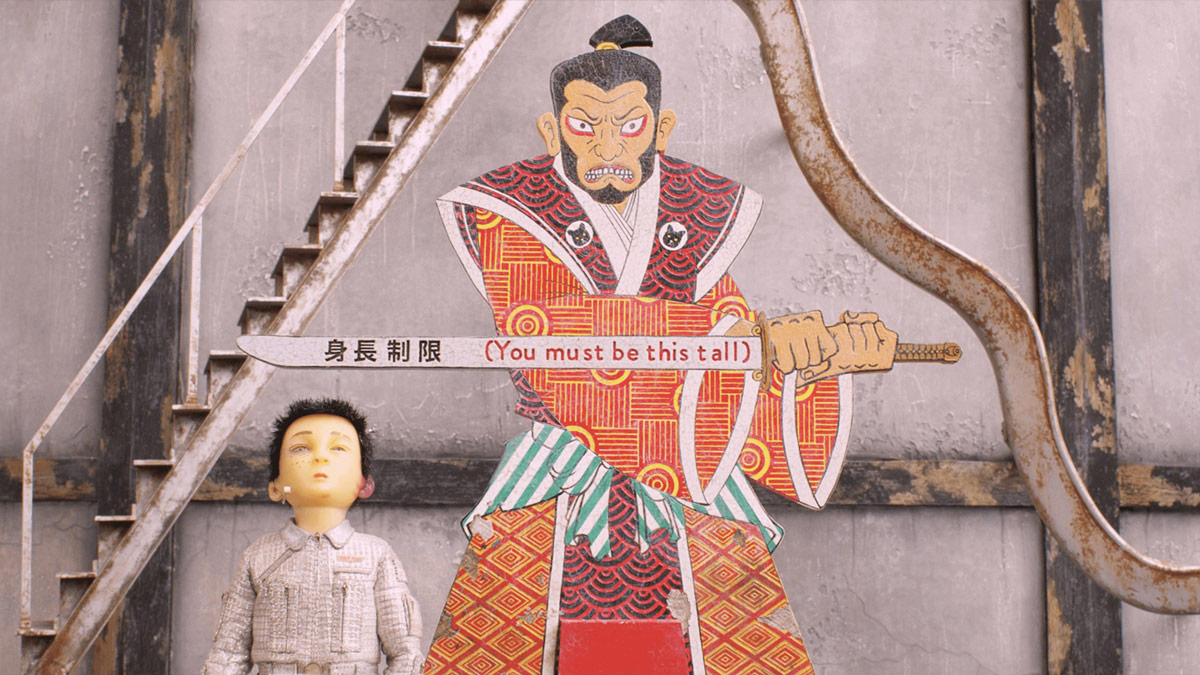
©2018 Twentieth Century Fox Film Corporation
``Isle of Dogs'' A fusion of Wes Anderson's play and Japanese storytelling
2018.06.06
Story types of “Seven Samurai” and “Momotaro”
With Wes's dramaturgy in mind, let's take a look at the story of "Isle of Dogs." The director has clearly stated that he pays homage to Akira Kurosawa's works, but the most obvious example is "Seven Samurai," which quotes the song "Kambei and Katsushiro - Kikuchiyo's Mambo" in the film. In terms of the story, the composition of the young Kobayashi Atari and five alpha dogs, plus one dog who joins in the second half (one and six = "7"), fighting against evil forces for the oppressed dogs, overlaps perfectly with " Seven Samurai ."
Furthermore, in the first half of the journey in which Atari and the other dogs accompany him, only the proud stray dog Chief keeps his distance, which reminds us of Kikuchiyo, played by Toshiro Mifune in "Seven Samurai," who was initially not accepted by the group and instead followed the others on his own. The contrast between the four dogs, who have a strong sense of camaraderie and immediately follow Atari, and Chief, who does not easily join groups or follow others, is a typical Wes character placement.

“Isle of Dogs” ©2018 Twentieth Century Fox Film Corporation
In addition to Wes and Roman Coppola and Jason Schwartzman, the original idea for Isle of Isle of Dogs was also contributed by Japanese artist Kunichi Nomura (Nomura also voices Mayor Kobayashi). It is likely that Nomura contributed to the incorporation of the "Momotaro" element into Isle of Dogs. First of all, the Japanese title is reminiscent of "Onigashima" (Demon Island), and the boy travels with his faithful animals and invades enemy territory in the same way. The fact that it borrows from a story type that every Japanese person knows is also a point that makes it familiar.
Some historical facts brought to mind by the dog isolation policy

